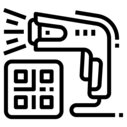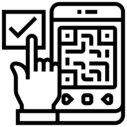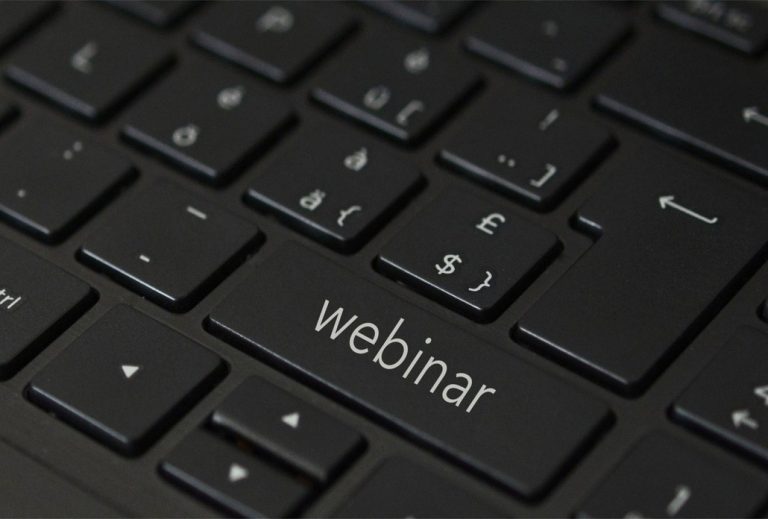Have you noticed that QR codes have been all the rage lately? These codes are seen on bills, in certain retail stores and if you have recently updated your mBanking apps you have surely noticed this new option.
However, did you know that by scanning the QR code you are able to pay the bill on the spot? During the year 2020, certain financial institutions, banks as well as retailers have implemented the possibility of payment via IPS QR codes in domestic transfers up to 300,000 dinars.
Therefore, from now on, wallets will only serve as a fashion accessory, since credit cards might become obsolete soon. The only thing you are going to need by your side is your phone.
What Precisely Is the IPS QR Code?
One of the ways of instant payment within the payment system of the National Bank of Serbia is payment via IPS QR Code.
We are already familiar with the Instant Payment System or IPS (whose operator is the National Bank of Serbia), because of electronic and mobile banking. This particular method of payment within the IPS payment system enables instant money transfer ie almost straight away, the money is at the disposal of the payee who issued the invoice. Besides that, instant payment has a lower cost of transfer than credit card payment.
In fact, in October 2018, the NBS established the IPS NBS payment system for instant payments. For over a year, every bank has to allow their clients the possibility of instant payments electronically and via mBanking.
However, during 2020, instant payment has been enabled at every place which has the IPS QR code sign displayed. This QR code is distinguished from other QR codes through which you can find out, for example, additional information about the product. Instant payment is made possible only by scanning the IPS QR via the mBanking application.
Although a number of retailers and almost every bank have joined this system, payment via QR code is still in its test phase.
According to the competent authorities, firstly, it must be looked into whether the IPS payment method is ready for use and secondly, financial institutions and their users have to adapt to these changes.
However, until March 1, 2021, all banks will be obliged to enable their customers to pay via IPS QR code.
What Does the Choice of Payment via QR Code Bring to the Table?
This system allows payment anywhere, at any time, and one of the great advantages is that there is no room for errors.
Namely, as much as we are used to electronic methods of payment which have been at our disposal so far, when we have to fill in forms by ourselves, each one of us still checks multiple times whether we have entered the correct account number, reference number as well as the amount. Moreover, by using the IPS QR code payment method, the financial resources which are transferred become available to the recipient in a matter of seconds.
Besides being very simple, this payment method is completely secure. This way, except for not having to carry cash around, you do not even have to show your credit card to other entities as you did up until now, nor to enter your PIN while a person standing nearby might try and misuse it.
Thus, it is crystal clear that credit cards are not a secure payment method, because if someone gains access to your credit card data, you may be left speechless and penniless.
Identification for the IPS QR method of payment is done via your phone by Face ID, Touch ID, or a password.
A huge benefit of the contactless payment is that you can avoid touching the keys at the cash register as well as credit card or bill exchange with the cashier. This kind of advantage, especially during COVID 19, is of crucial importance.
How To Pay via Your IPS QR Code?
IPS QR code is scanned by your phone camera via the mBanking application. You enter your PIN code, it checks Face ID or Touch ID on your phone, so you don’t have to worry about inadvertent, unauthorized payments or that you will pay the same bill multiple times.
Also, before the invoice is sent, the payer can check all the details. Only by clicking on the “send bill” option will the payment be completed.
Retailers Are Not the Only Ones Who Possess IPS QR Codes; Did you know that you do as well?
The payment method via IPS QR code scanning in the Republic of Serbia is bidirectional. This means that one of the payment options is to complete the payment via IPS QR code scanning of the retailer’s bill.
This payment method is labeled on your mBanking application as:
IPS scan

However, did you know that payment can also be completed by having the retailer simply scan the QR code from your phone? This option can be used as follows:
IPS show

Apple Pay in Serbia – Is It More Secure Than Alternative Payment Methods?
Besides the fact that the NBS keeps up with the current innovations and advancements of their electronic and instant payment platforms, Apple pay has become available to its users in Serbia only recently. It allows payment solely by scanning the code on the spot.
This innovative payment method was initiated by Apple in the USA, in 2014, and even though shortly after its establishment all the service providers were obliged to allow this method of payment, Apple pay arrived in West European countries only in 2019, and to Serbia in the middle of 2020.
Users of Apple devices can pay via Apple pay on the spot, in the premises of the retailer, by simply approaching the POS terminal for contactless payment as well as while shopping online.
Apple pay has a huge advantage in comparison to QR code because the option of scanning the QR code does not exist while shopping online, you would have to enter the data from your credit card. However, if you are an Apple pay user, then the card is already stored on your phone, so you do not have to enter the data to various websites for online shopping or platforms for online payments. Thus, it can be said that Apple pay is a type of payment that offers completely contactless payment while also protecting your privacy.
Apple pay is also secure because after you enter the data from your card into the Wallet app on your phone, neither your device nor the Apple server saves the ID data from your Visa or Master card, but rather, your card gets a unique code ie a token. Adversely, although platforms for payments and online shopping claim that your data is never shared, your personal and credit card details are still kept.
Now that we are familiar with the kind of technology that Apple Pay offers, it seems that creating accounts and entering data from credit cards to various websites with the sole purpose of online shopping will become part of ancient history.
In fact, in the modern world, the habit of carrying around cash has almost completely disappeared, and until recently, credit cards were the only thing that mattered. Nevertheless, with the use of IPS QR and Apple pay, we no longer have to worry about forgetting or losing our wallets – only our phones.























